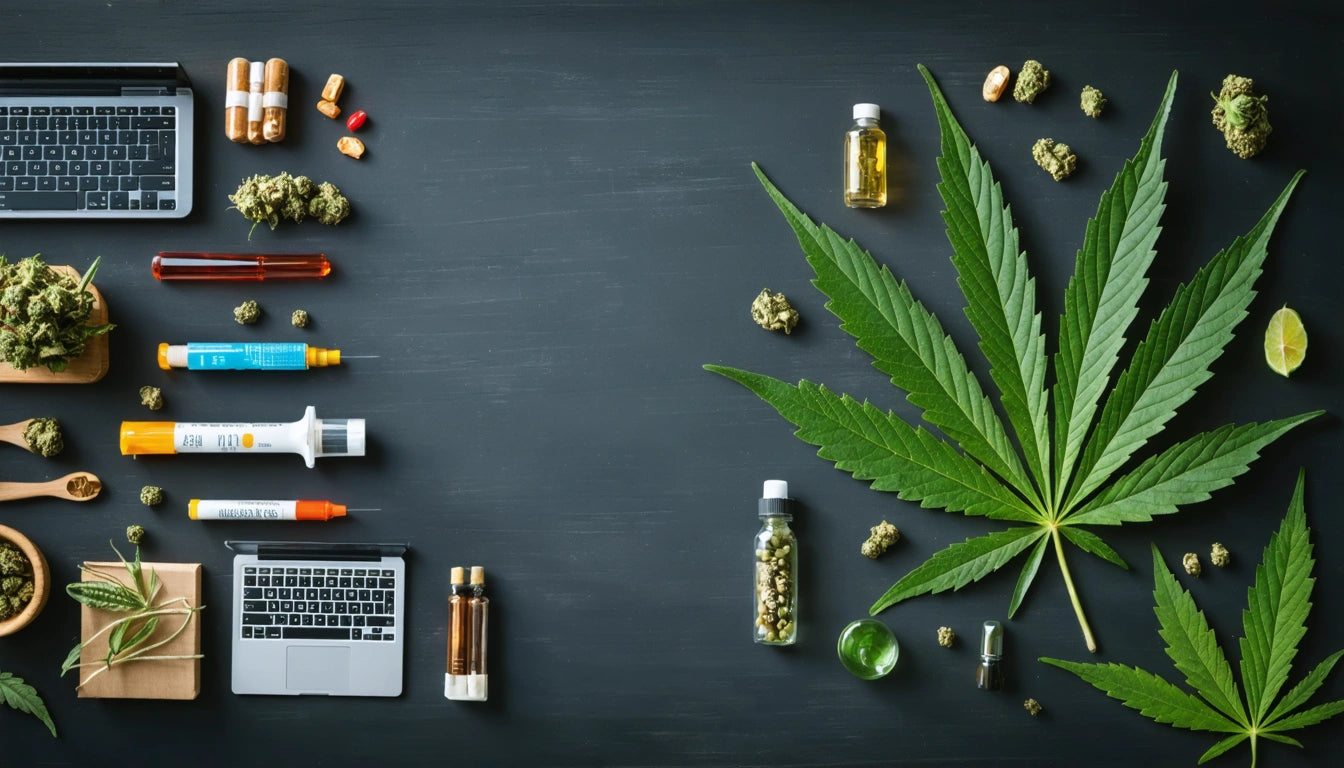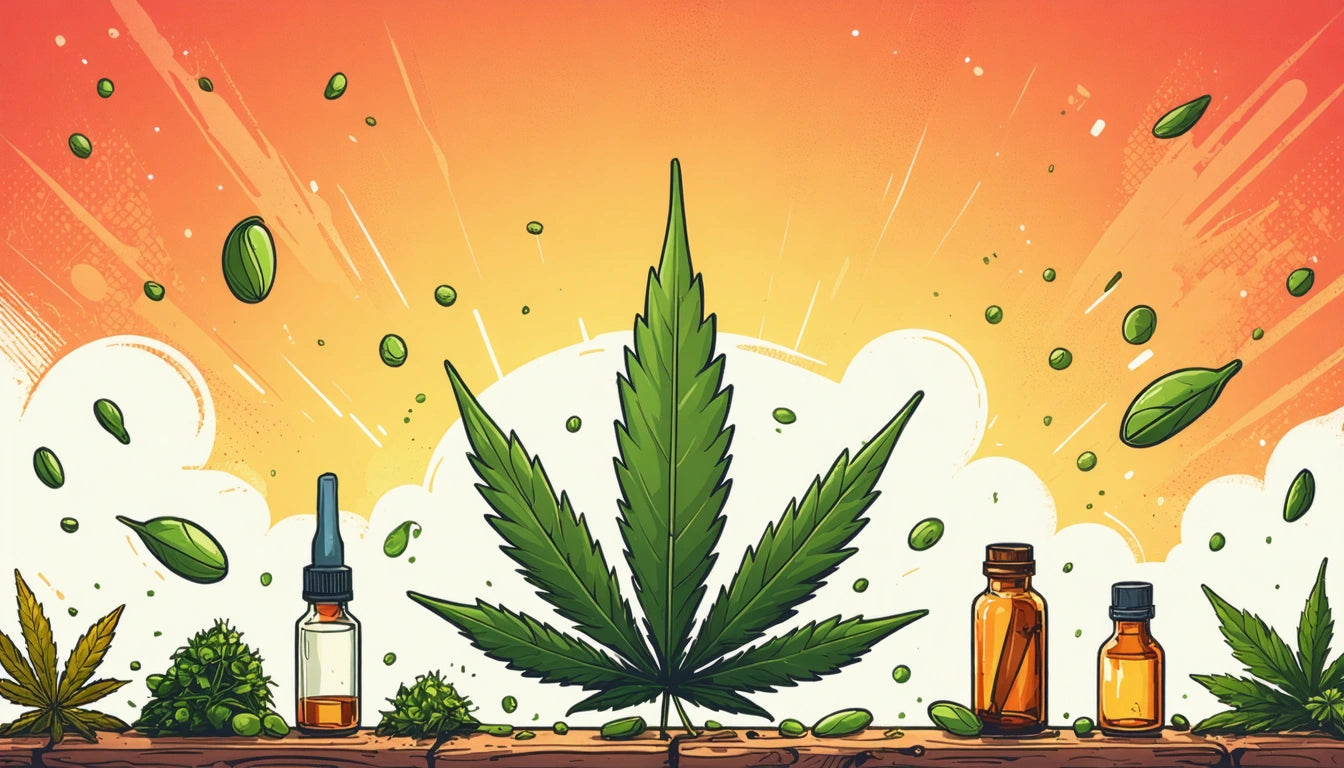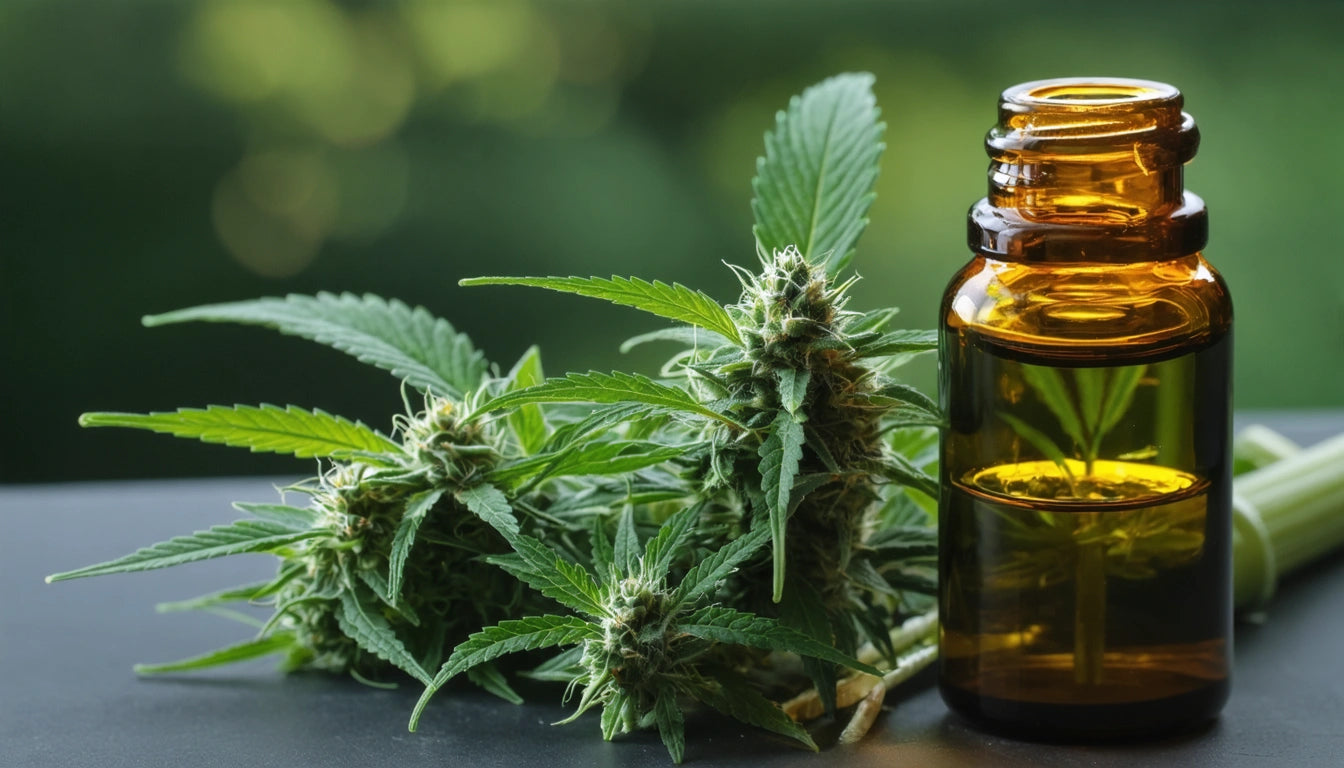Table of Contents
- Cannabis Blood Test Detection Windows: Understanding the Basics
- Factors Affecting How Long Weed Shows Up in Blood Tests
- Detection Timeframes for Different User Types
- Blood Tests vs. Other Cannabis Testing Methods
- Can You Reduce Cannabis Detection Time in Blood?
- Blood Testing Accuracy and Interpretation Challenges
How Long Is Cannabis Detectable in Blood Tests?
Blood tests are among the most accurate methods for detecting recent cannabis use, but understanding the detection window can be crucial for those facing drug screening. Unlike other testing methods, blood tests for cannabis primarily measure active THC rather than metabolites, providing a narrower but more precise window of detection.
Cannabis Blood Test Detection Windows: Understanding the Basics
When cannabis is consumed, THC enters the bloodstream rapidly, especially when smoked or vaped. However, it quickly redistributes to fatty tissues and the liver begins breaking it down into metabolites. This means that weed stays in your bloodstream for a relatively short time compared to urine or hair.
Generally, THC is detectable in blood for approximately:
- 3-4 hours after occasional use
- 12-24 hours for moderate users
- Up to 7 days for heavy, chronic users
These timeframes vary significantly based on individual factors and consumption patterns. Blood tests are particularly effective at identifying recent use, making them common in situations requiring determination of current impairment, such as roadside testing or workplace incidents.
Factors Affecting How Long Weed Shows Up in Blood Tests
Consumption Frequency and Amount
The most significant factor in how long cannabis remains detectable in blood is usage pattern. Frequent consumers develop accumulated THC in fat tissues that slowly releases back into the bloodstream, extending detection windows significantly compared to one-time users.
Individual Metabolism
Metabolic rate varies among individuals based on factors like:
- Age (younger people typically metabolize faster)
- Body fat percentage (higher body fat can store more THC)
- Genetics (affecting enzyme efficiency)
- Overall health and liver function
Consumption Method
How cannabis is consumed affects its blood detection timeline:
- Smoking/vaping: Rapid blood level spike, faster clearance
- Edibles: Delayed onset, potentially longer detection period
- Concentrates: Higher THC levels may extend detection time
Detection Timeframes for Different User Types
Understanding how long weed stays in your system requires categorizing usage patterns:
First-Time or Occasional Users
For those who use cannabis once or very infrequently:
- THC is typically detectable for 12-24 hours
- Most traces clear within 48 hours
- Detection beyond 3 days is rare
Regular Users (Weekly)
Those who consume weekly but not daily:
- Detection window extends to 3-4 days
- Blood levels fluctuate but remain higher than non-users
Heavy, Chronic Users
Daily or multiple-times-per-day consumers face longer detection periods:
- THC may remain detectable for 7+ days
- Some studies show detection possible up to 30 days in extreme cases
- Baseline blood levels remain elevated even during abstinence periods
For cannabis producers and processors, understanding these detection windows is important when developing products and providing consumer education. Many operations use specialized filling equipment for precise dosing to help consumers better manage their intake levels, which can indirectly affect detection timeframes.
Blood Tests vs. Other Cannabis Testing Methods
Blood testing differs significantly from other common testing methods:
Blood vs. Urine Testing
While urine tests can detect cannabis for weeks, blood tests have a much shorter window but offer advantages:
- Blood tests measure active THC, better indicating recent use
- Urine tests detect inactive metabolites, showing use from days or weeks prior
- Blood testing is more invasive but harder to adulterate
Blood vs. Saliva and Hair Tests
Other testing methods have different detection profiles:
- Saliva: Similar detection window to blood (24-72 hours) but less invasive
- Hair: Can detect use from months prior but doesn't indicate recent consumption
Blood testing remains the gold standard for determining recent use and potential impairment, though it's more expensive and invasive than alternatives.
Can You Reduce Cannabis Detection Time in Blood?
While many products claim to help clear THC faster, scientific evidence for their effectiveness is limited. However, certain factors may influence clearance time:
- Hydration: Proper hydration supports overall metabolism
- Exercise: May temporarily increase blood THC levels as fat burns
- Diet: Low-fat diets may reduce THC storage
- Abstinence: The only reliable method
It's important to note that most











Leave a comment
All comments are moderated before being published.
This site is protected by hCaptcha and the hCaptcha Privacy Policy and Terms of Service apply.